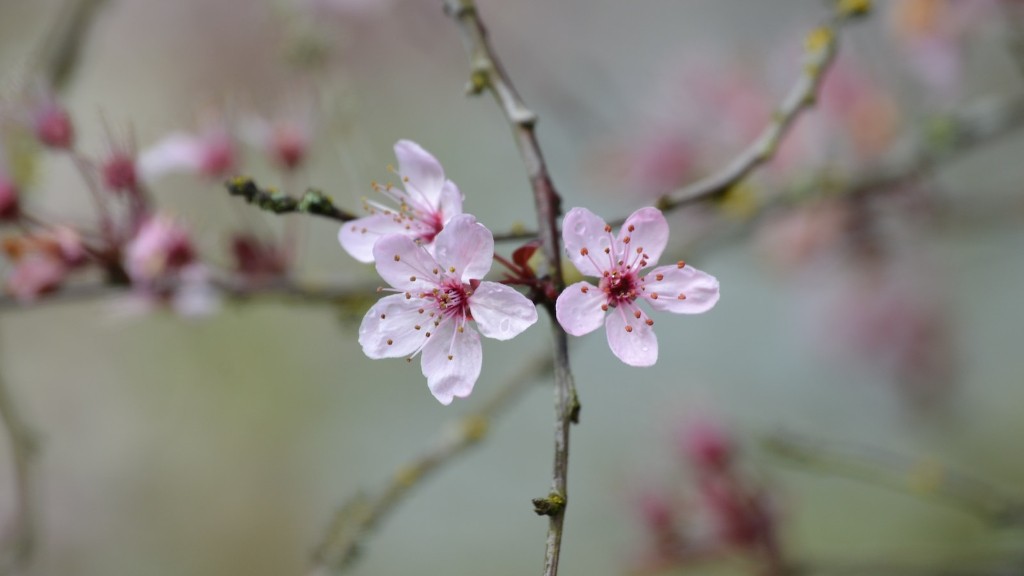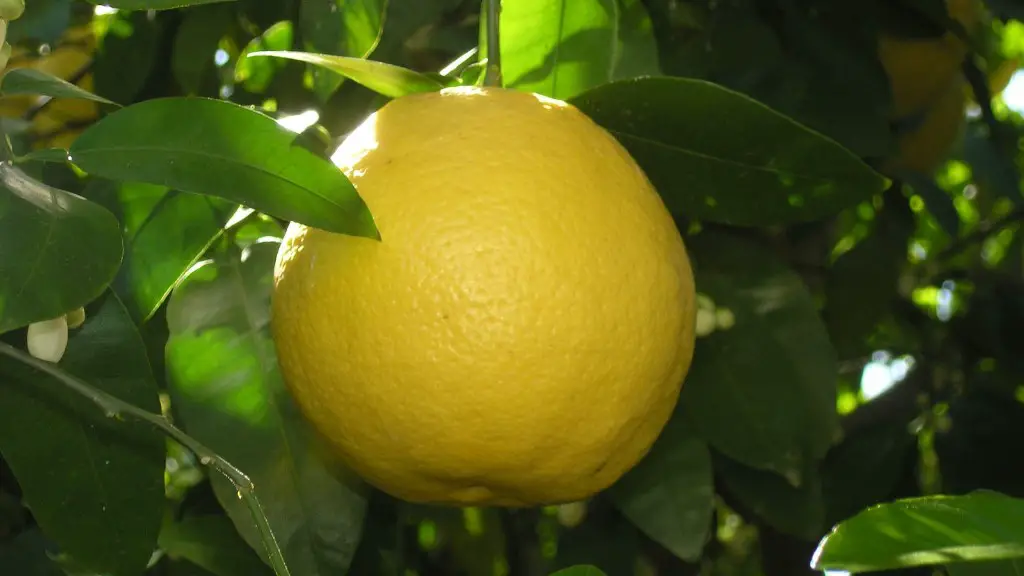The question of what is eating my apples on the tree has been asked for many years. It is something that people just can’t seem to figure out and you may be wondering what is eating your apples as well. To answer this question, we will need to look at the many potential causes below.
One of the most common culprits is the apple maggot, a small fly that lays its eggs in the apples. The maggots then hatch and start to feed on the apple flesh. This is a common problem in many apple orchards and can lead to significant damage. In addition to maggots, birds, rodents, and deer can all be responsible for eating your apples.
In order to prevent damage to your apple tree, you can use several strategies. One way is to pick the apples as soon as they are ripe and keep them in a cool, dark place. This can help to minimize the damage caused by pests. In addition, you can also use netting or fences to keep the birds and other animals out. Finally, the use of pesticides or other chemical products can also help to deter pests from eating your apples.
It is also important to keep a close eye on your apple tree. Make sure to inspect the trees regularly and check for signs of damage. If you do find an infestation, take action right away to try and stop the spread. If left unchecked, the pests can quickly destroy your apple crop.
Overall, identifying what is eating your apples on the tree can be tricky. However, by being diligent and taking preventive measures, you can help to keep your apple tree free from most pests.
Insects Causing Apples to be Eaten
Insects are one of the most common culprits for eating apples on the tree. Some insects feed on the apples, while others will lay eggs or larvae which can then hatch into pests. The most common ones include apple maggots, aphids, and codling moths. Apple maggots are small flies whose larvae feed on the apple flesh. Aphids are small, sap-sucking insects that can weaken a tree and cause discoloration of the apples. Finally, codling moths lay their eggs in the apples, which then hatch and start to feed on the apple’s flesh.
It is important to be aware of these pests and to take action when they appear. For example, apple maggots can be deterred by using sticky traps near the apple trees. Aphids can be managed by using insecticidal soap, horticultural oils, or neem oil. Codling moths can be managed by applying pesticides at the appropriate life stage of the moth.
In addition, there are other strategies that can be used to help prevent insects from eating your apples. These include pruning the trees to increase air circulation, keeping the area free from any fallen fruit, and applying insect repellents. Additionally, make sure to inspect the apples often, as insect damage can happen quickly.
Overall, insect pests can be very damaging to your apple trees. By taking preventative measures and being aware of the symptoms, you can help to defend your apple crop from insect pests.
Animals Eating Apples on the Trees
In addition to insects, animals can also be responsible for eating apples on the tree. The most common culprits include birds, rodents, and deer. Birds such as starlings, crows, and blue jays can chew on the apples and eat the seeds. Rodents, like the fox and red squirrel, can also climb the tree branches and eat the apples. Deer can also be a problem if they have access to your apple trees, as they can easily reach the apples with their long legs.
In order to prevent animals from eating your apples, there are several strategies that can be used. Placing netting or fencing around the trees can be a successful method to keep out most birds and animals. Additionally, frightening devices, such as flags or balloons, can help keep birds away from the trees. If you have deer in your area, then you may need to apply a repellent spray or use taller fencing.
It is also important to practice good tree care. Trimming back any overhanging branches can help reduce access to the apples. In addition, removing and disposing of any fallen apples can help reduce the attractiveness of the tree to animals and birds. Finally, be sure to inspect the trees regularly and take action right away when any damage is noticed.
Overall, animals and birds can be responsible for eating your apples on the tree. By using preventative measures, you can help to protect your apple crop from animal damage.
Diseases on the Apple Trees
Another possible cause of apple trees getting eaten is diseases. There are several diseases that can infest a tree and weaken it, making it more vulnerable to pests. These diseases can attack the apple tree itself or the fruit, causing discoloration, fungal growth, or even rotting of the fruit. Some of the most common diseases include apple scab, fire blight, and powdery mildew.
In order to combat diseases on the apple trees, it is important to practice good tree care. This means planting the trees in well-draining soil, making sure to remove any diseased leaves or branches, and regularly pruning the trees. Additionally, applying a fungicidal spray can help to reduce the risk of fungal growth. Make sure to spray the tree during its dormant season, as this is when the tree is least vulnerable to damage. Finally, it is important to monitor the tree regularly and take action when any damage is spotted.
It is also important to remember that diseases can be spread from one tree to another. Be sure to dispose of any fallen fruit, as this can contain fungal spores. Additionally, it is important to avoid over-watering the tree and to adjust any sprinkler systems to avoid saturating it.
Overall, diseases can be a major cause of apple tree damage. By taking preventive steps, such as good tree management and keeping an eye out for signs of infection, you can help ensure your apple trees stay healthy.
Preventative Measures Against the Elements
In addition to insects, animals, and diseases, damage to apple trees can also be caused by environmental factors. This includes extreme temperatures, frost, and wind. In order to prevent damage from occurring, it is important to practice proper tree care. Make sure to plant your trees in a sheltered location, such as along a wall or fence. Additionally, adding mulch around the tree can help maintain an even temperature, prevent pests from entering, and keep moisture in the soil.
For protection from frost, it is important to cover the tree or wrap it in plastic. In addition, keeping the tree well-hydrated prior to a hard freeze can help it better survive cold temperatures. If a frost does occur, it is important to be diligent and remove any frosted fruit, as this can leave the tree open to further damage.
Wind can be another source of damage to apple trees. In order to protect them, it is important to pick a sheltered spot to plant your tree and make sure to prune off any overhanging branches. Additionally, installing a windbreak can help to protect the tree from strong gusts of wind.
Overall, environmental factors can be damaging to your apple trees, so it is important to take preventive measures. Make sure to plant the trees in a sheltered location, hydrate them before a freeze, and install a windbreak if needed.
Weather Conditions and the Apple Trees
Weather conditions can also play a role in the damage to apple trees. High temperatures, drought, and floods can all have a negative impact. In order to protect your apple trees, make sure to plant them in a location where they will get plenty of sunlight and a good breeze. Additionally, avoid shady spots or areas where water may pool. You should also make sure to keep the tree well-hydrated, particularly during periods of drought.
Flash floods can also be a serious problem for apple trees, as they can wash away the soil and dislodge the roots. To protect the trees from floods, you may need to build a retaining wall or terrace to keep the water away. Additionally, it may be necessary to install a drain to help move the floodwaters away.
Finally, it is important to inspect your apple trees regularly and take action immediately when any damage is spotted. Make sure to prune away any broken or dead limbs and provide plenty of fertilization and water, if needed. Additionally, using a fungicide can help to prevent any fungal growth.
Overall, weather conditions can affect the health of your apple trees. By taking the proper steps, such as planting the trees in a sunny, breezy spot and providing ample water, you can help ensure your apple trees stay healthy.



